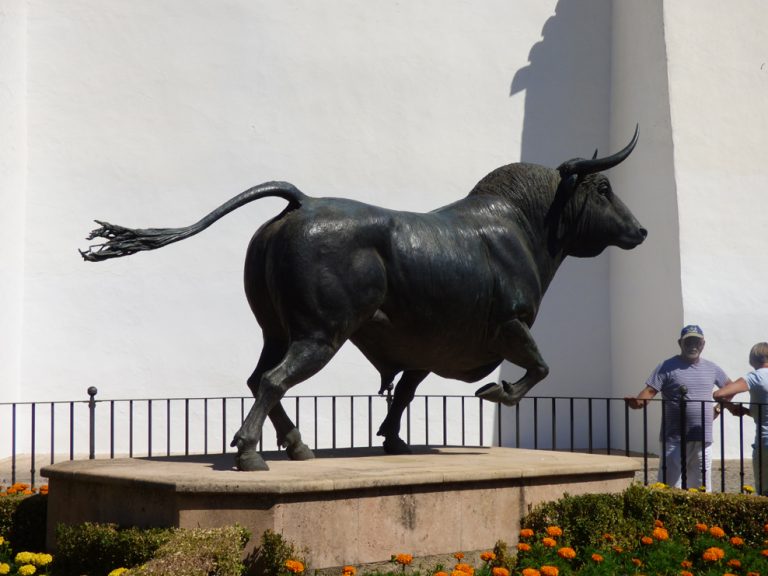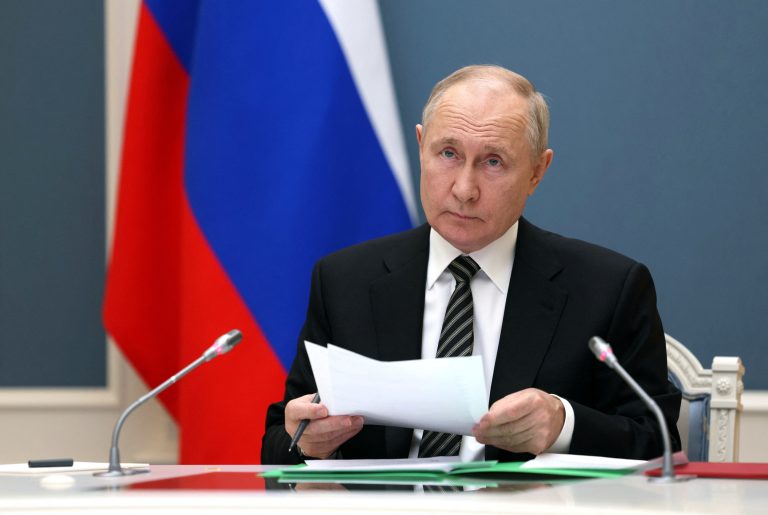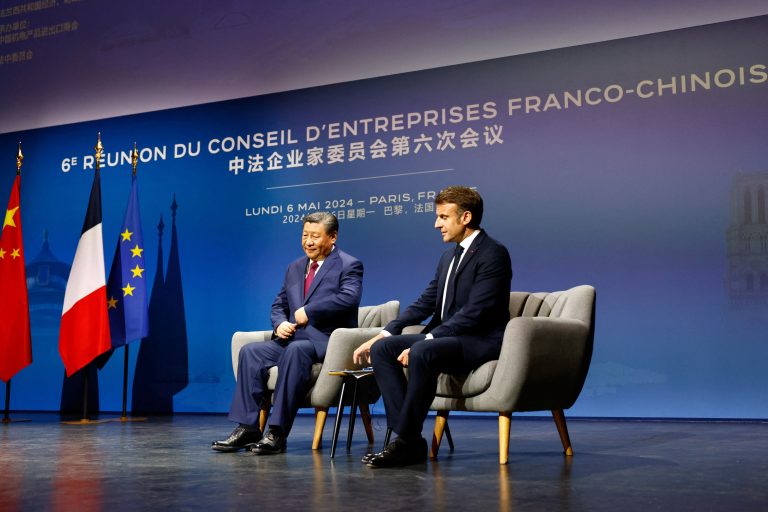In order to help curb widespread civil unrest, People’s Republic of China (PRC) foreign minister Wang Yi said Beijing would be willing to increase “law enforcement and security cooperation” with neighboring Kazakhstan in order to help counter so-called “external forces” — that is, anti-government protesters — currently active in the large Central Asian country.
According to the Chinese foreign ministry, Wang, who also acts as a state councilor for the PRC, offered the assistance during a phone call to Kazakhstan’s foreign minister Mukhtar Tileuberdi on Jan. 10.
“Recent turmoil in Kazakhstan shows that the situation in Central Asia is still facing severe challenges, and it once again proves that some external forces do not want peace and tranquility in our region,” the ministry quoted Wang as telling Tileuberdi.
Wang Wenbin, a spokesman for the PRC Foreign Ministry also added that “As Kazakhstan’s permanent comprehensive strategic partner, China would like to express its firm support for the Kazakh side’s efforts to maintain stability and end violence at a critical moment bearing on the country’s future.”
‘Shoot to kill’
Kazakhstan is currently experiencing the worst unrest it has seen in more than a decade. Violence has erupted in the largest city of Almaty and several other cities as protesters riot against a near doubling in fuel prices while showing disapproval for the country’s ruling party.
Government buildings can be seen being set on fire as widespread protests erupt across the former Soviet republic of nearly 20 million people. Kazakh media is reporting that dozens of protestors have been killed in confrontations with police as troops were ordered to shoot to kill, Reuters reported. Almaty airport was also overtaken by protesters last week and escalated into a violent shootout resulting in the deaths of several police officers and protesters.

Videos posted on social media showed demonstrators facing off against hundreds of security forces in riot gear. Crowds of rioters were also seen pulling down the statue of authoritarian leader and former president Nursultan Nazarbayev.
The escalating turmoil has prompted Kazakh President Kassym-Jomart Tokayev to request military assistance from Russia and other Collective Security Treaty Organization (CSTO) countries. The Eurasian alliance’s member countries include Russia, Belarus, Armenia, Kazakhstan, Kyrgyzstan and Tajikistan.
“I’ve never seen anything like this in Kazakhstan. It’s absolutely unprecedented,” Maximilian Hess, a Russian and Central Asian expert and fellow at the Foreign Policy Research Institute, told CNBC on Jan. 6.
READ MORE:
Russian-led Troops Enter Kazakhstan to Quell Unrest; ‘Dozens Dead’
Russian aid prompts US concerns
On Jan. 6, Russia and other members of the CSTO announced they would send troops to help restore order and stabilize the country after Tokayev’s appeal for assistance. The first of about 2,500 Russian-led troops arrived in Kazakhstan last week, BBC reported.
After the arrival of Russian units, they assisted Kazakh troops in taking firm action to regain control in Almaty. On Jan. 7, local media published videos showing government troops opening fire on protesters as more armed rioters took to the streets.
Success
You are now signed up for our newsletter
Success
Check your email to complete sign up
The country’s Interior Ministry says 26 “armed criminals” and 18 security officers have been killed so far in the clashes and President Tokayev blamed what he called foreign “terrorists” for the violence.
While addressing reporters at a State Department briefing on Jan. 7, U.S. Secretary of State Antony Blinken said that “one lesson of recent history is that once Russians are in your house, it’s sometimes very difficult to get them to leave.”
“It would seem to me that the Kazakh authorities and government certainly have the capacity to deal appropriately with protests to do so in a way that respects the rights of protesters while maintaining law and order,” Blinken added.
The State Department issued an update to its travel advisory for the country on Jan. 7, encouraging non-emergency U.S. government employees and families of all U.S. staff to leave Almaty due to the “rapidly developing and unstable situation.”
Strategic energy producer
RELATED:
Bitcoin Plunges Amidst Violence in Kazakhstan
Kazakhstan is the biggest oil producer in Central Asia, extracting about 1.6 million barrels of oil per day. It is also the ninth largest country in the world and has extensive oil reserves, making it strategically and economically important. However, despite the nation’s vast mineral wealth, discontent over poor living conditions and corruption has spread in many parts of the country.
Until 2015, Kazakhstan was one of the world’s 10 fastest-growing economies, and its GDP per capita has increased sixfold since 2002 — mostly due to its development of its oil, gas, coal and metals sectors. Kazakhstan is also home to some key infrastructure, including gas pipelines stretching from Central Asia to China.
“In theory U.S. companies could be most affected by a hit to Kazakhstan’s energy production, as they are the leading crude producers in the country,” Matt Orr, Eurasia analyst for risk intelligence firm RANE, told CNBC.
In 2019, U.S. oil producers accounted for roughly 30 percent of extracted oil in Kazakhstan, compared with about 17 percent produced by Chinese companies, and just 3 percent by Russia’s Lukoil, Orr said.
















